After monkeying around, McLaren has finally released the specs on its 720S supercar, and it’s pretty amazing. It seems to be a logical progression from McLaren’s 650S, which was a logical progression from the MP4-12C. But logic, schmogic, the McLaren 720S can haul the mail.
First off, that name. Yes, it’s a number, and not a name (minus points for that) but that 720 does not refer to the engine displacement. Which is kind of sad, really, cause a big, whompin’ 7.2 liter V8 in the back of this thing would have been so much fun, a la the 1960s McLaren CanAm cars.
Power & Performance
No, the “720” is actually the power output of the thing. Yes, that’s the power output in European standards. The good ‘Murican horsepower figures are 710. Which is, and not to use too technical of a term here: a LOT!
The main figures breakdown thusly: 710 bhp at 7,500 revs and 568 lb-ft. of torque (5,500 rpm). Like I said, that’s a lot. Especially given how little this thing actually tips the scales. That would be 3,128 pounds at the curb (or 1,419 kilos for you metric types out there). Combine those hard points for the golden calculation that is power-to-weight ratio, and you don’t have to be Isaac Newton to figure out where this is going.
0-60 mph comes up in a searing 2.8 seconds, 0-124 mph is reached in 7.8 seconds, with a maximum speed of 212 mph. Quick and fast, no? These numbers spool out thanks to the new M480T engine powering the 720S. It’s a 4.0-liter twin-turbocharged V8, with power and torque fed to the tarmac via a 7-speed semi-auto box.
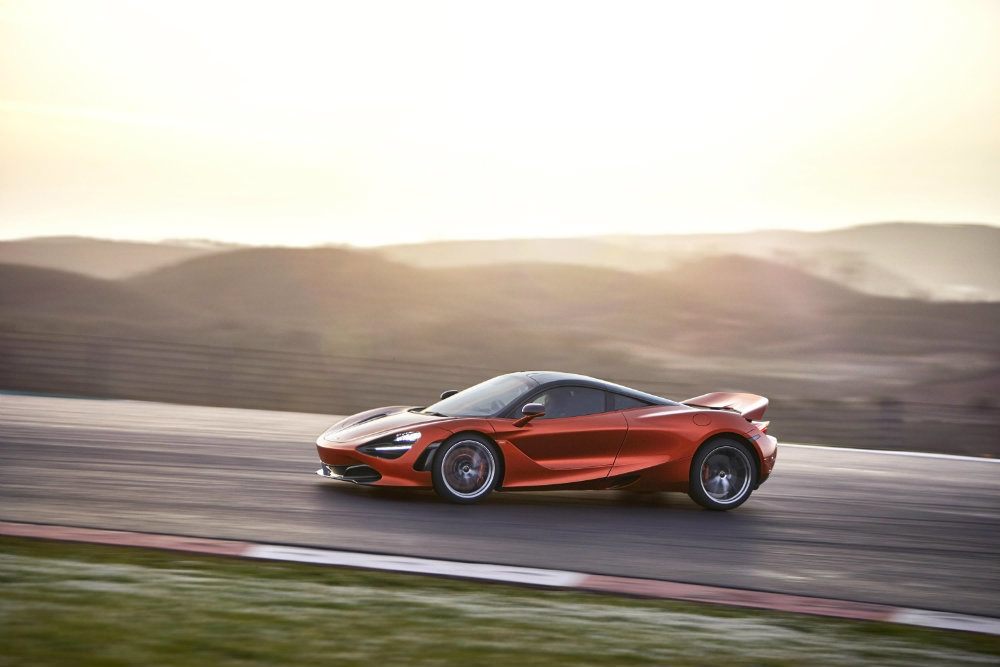
Every road car built by the British manufacturer since the McLaren F1 in 1993 has utilized a carbon fiber chassis. The same is true for the new 720S. A range of aluminium alloys are also used extensively in the chassis, as well as for some body panels. Photo: McLaren Automotive.
Handling & Aerodynamics
The architecture of the 720S is based around a new carbon fiber “tub” and upper structure, which McLaren refers to as the Monocage II. Essentially, it’s both the tub and a roll cage in one combined piece. It is extremely strong and rigid. McLaren doesn’t give specific torsional rigidity figures, but c’mon, these are the people who first used carbon fiber in a car – any car – back in their John Barnard era.
Handling, something the Brits have always excelled at, comes courtesy of McLaren’s Proactive Chassis Control, a new suspension design and McLaren’s power-assisted, electro-hydraulic steering. Grip? By the metric tonne. Balance? Like a Romanian gymnast on the uneven bars.
A interesting feature, design-wise, about the 720S is the lack of radiator intakes on the flanks of the car. They get cold air over the radiators via the unique “double-skin” aerodynamic shape of the dihedral doors. This channels air to the high-temperature heat exchangers for cooling the mid-mounted engine.
Interior Treatments
The interior is anything but Spartan. There’s yards of fine leather and lots of machined aluminum throughout the cabin. The new McLaren Driver Interface contains a Folding Driver Display and Central Infotainment Screen. The cabin offers excellent visibility, more space than you’d think, and a great deal of comfort.
Pricing & Availability
You can order a new McLaren 720S now – the first customers are expected to receive their cars in May. Price? A not all that unreasonable £208,600, which is around $250,000 USD. Three grades of the car are available, with different performance and luxury trims to suit a variety of tastes.
I’ll take mine in Papaya Orange, mate!
Tony Borroz has spent his entire life racing antique and sports cars. He means well, even if he has a bias towards lighter, agile cars rather than big engine muscle cars or family sedans.
McLaren 720S Gallery


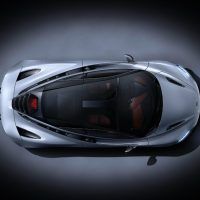


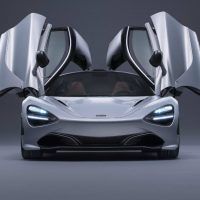


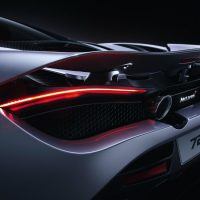

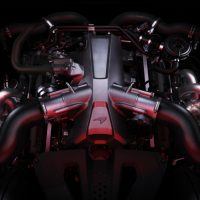








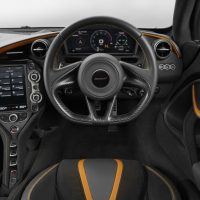

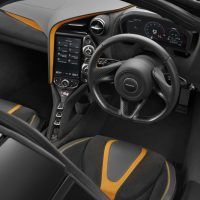


Photos & Source: McLaren Automotive.
from Automoblog.net http://www.automoblog.net/2017/03/14/mclaren-720s-the-logical-progression/
via IFTTT
from Tumblr http://peternpalmer.tumblr.com/post/158395743391
via IFTTT
No comments:
Post a Comment